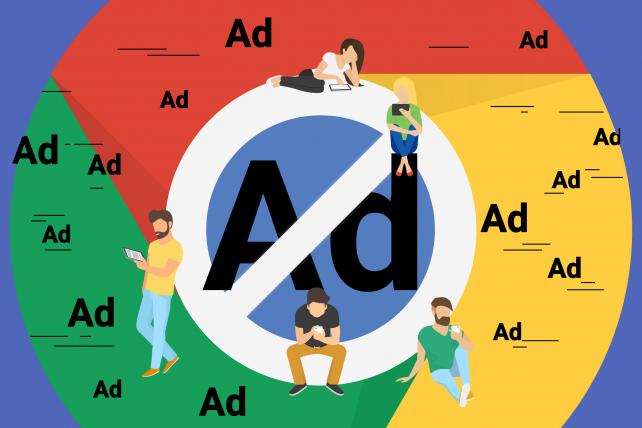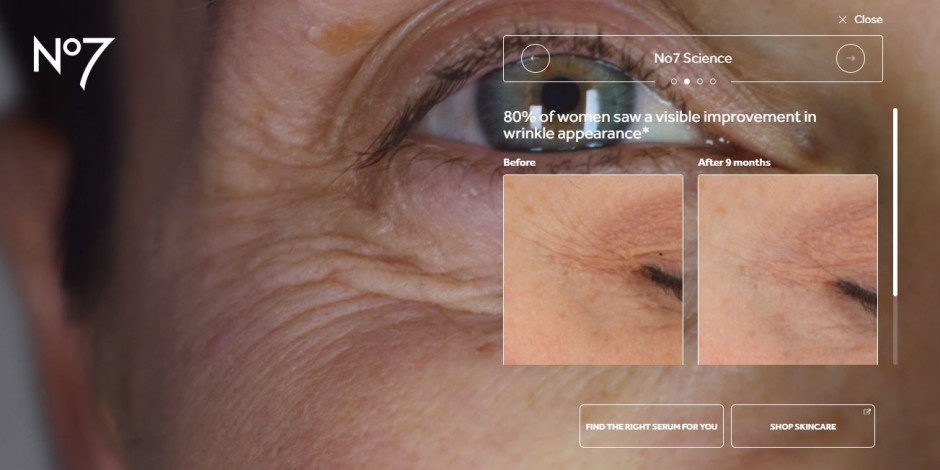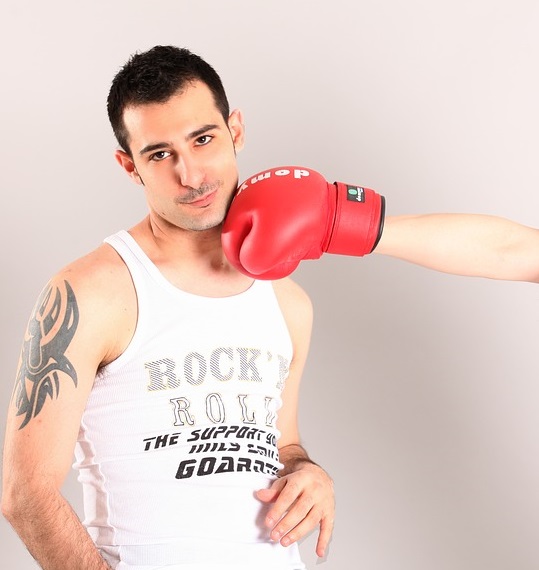Google has confirmed to Ad Age that an industry trade body tasked with deciding which “annoying” ad formats web browsers should block largely used its data and research methodology to do so. The trade body, known as the Coalition for Better Ads, last year publicly presented the material in full with Google and 18 company employees’ names removed, describing it as “the Coalition’s research.”
By not crediting the search giant for its research, the Coalition had until now effectively insulated Google from potential new unwanted attention to its influence over the web, which could raise questions of transparency at a critical time for the search giant: The company was hit with a $21 million fine last Thursday after the Competition Commission of India said it abused its dominant position in the online ad search market.
And in August, after Google said its Chrome browser would block ads according to Coalition criteria, European Commissioner for Competition Margrethe Vestager said her organization “will follow this new feature and its effects closely.”
After first sourcing its foundational research methodology to unnamed “members,” the Coalition has also confirmed that the work originated at Google. It emphasized that a broad group of members oversees the research and standards it adopts, and that further research has been done by others.
“The Coalition obtained the rights to publish the underlying research methodology from Google and to use it for ongoing research of consumer ad experience preferences in global regions,” the Coalition said in a statement. “This research effort is overseen by the Coalition’s Standards and Research Committee which includes a cross-section of Coalition members.”
Google said in a statement that it conducted research in April 2016 into poor consumer experiences on the web. “In October 2016, the newly formed Coalition for Better Ads asked member companies to share any research that had been conducted,” it said. “Google along with Facebook, Teads, the IAB Tech Lab and Washington Post, submitted their existing research as requested. In late 2017, the Coalition conducted additional research to define which ad experiences online were acceptable and unacceptable. In March 2017, the Coalition announced the initial Better Ads Standards based on this body of research. In addition, the Coalition has a dedicated Standards and Research Committee, which includes both companies and industry trade groups. Google is a member of this committee.”
When asked last week why its name wasn’t on the research on the CBA’s website, a Google spokeswoman said, “The Coalition for Better Ads made the decision as to what to publish and not to publish on their website.”
Chrome will gradually begin enforcing the Coalition standards starting Thursday.
Once enforcement is fully enacted, the browser will block all ads on websites—including those that aren’t “annoying”—should the publication be found in violation of Coalition standards and thresholds. The Coalition will grant publishers that volunteer to participate a period of time to defend themselves or address potential violations before ads are blocked.
Although the Coalition is devising standards for any participating browser to follow, Microsoft is the only other Coalition member that also has a browser. It told Ad Age last week that it has no plans to follow in Chrome’s footsteps. Firefox and Apple are regarded as longshots to join the Coalition, according to several high-level executives familiar with those conversations.
Blocking the blockers
Marketers, ad buyers, publishers and tech companies including Procter & Gamble, GroupM, Facebook, the Washington Post and Google announced the Coalition in September 2016 as a collective effort to undermine consumer demand for ad blockers.
The plan was to eliminate the worst ad experiences for users—like videos that play automatically with the sound on—in order to reduce the siren call of blocking software that lies outside the industry’s control.
“The Coalition’s research identifies the ad experiences in both North America and Europe that ranked lowest across a range of user experience factors, and that are most highly correlated with an increased propensity for consumers to adopt ad blockers,” it said in its initial press release, which did not bring up Google outside a roll call of members in the boilerplate. “These results define initial Better Ads Standards that identify the ad experiences that fall beneath a threshold of consumer acceptability.”
Public eye
Google knows many people are wary of its sway over digital media, says Nick Lee, a professor of marketing at Warwick Business School.
“They are very worried about perception when it comes to that kind of stuff—the perception of not just actual power, but that they are starting to control the data around these issues,” Lee says. “And maybe that is something they don’t want to be necessarily known for.”
Industry members say they embrace the fight against intrusive ads and consider Google’s research approach sound. Before sharing its research with the Coalition, Google sought feedback from the Interactive Advertising Bureau, publishers and ad-tech vendors after making them sign non-disclosure agreements, according to people familiar with the process.
When the Coalition asked members to submit any research they had, not just Google but Facebook, The Washington Post, Teads and the IAB Tech Lab complied. Coalition members ultimately chose to start with Google’s work.
“It’s as if they are caught between a rock and a hard place,” Lee says. “No matter how much of a good job they think they are doing, they don’t want the world to think they are controlling everything.”
Rivals in the digital ad ecosystem could cite Google’s influence as a reason to question the Coalition’s standards.
It remains unclear whether regulators would take an interest in the Coalition, says James Speta, a law professor at Northwestern University who specializes in internet policy and telecommunications.
“If it can be shown that Google manipulated the standard setting process, that would be a concern to the Federal Trade Commission,” Speta says. “The underlying issue in cases like these is how transparent is the trade body, and how fair is it? Was everyone able to see what was going on?”
Feature Image Credit: istock




















